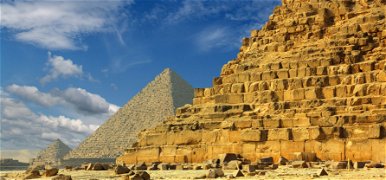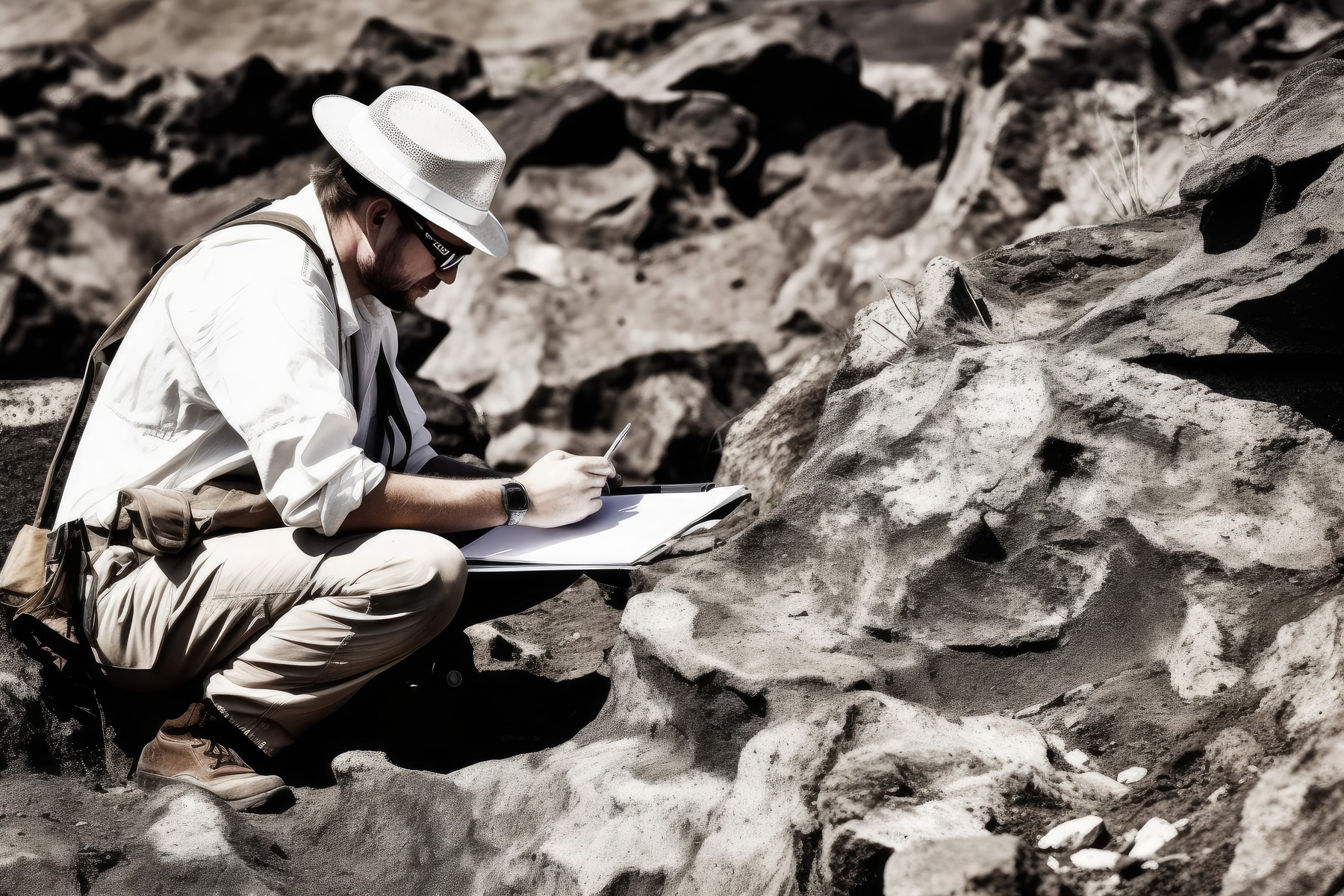New research has uncovered a serious historical error in Cortes' mansion in Mexico. The skeleton on display in the palace was long thought to be that of a Spanish monk, but new analysis has revealed that it is likely in fact a skeleton. It was owned by an Aztec woman.
Cortes' Palace in Cuernavaca was damaged by the deadly Puebla earthquake in September 2017, prompting the launch of a renovation project to restore the building to its former glory. During the restoration work, anthropologists from Mexico's National Institute of Anthropology and History (INAH) re-examined the supposed monk buried in the palace.

10 disturbing questions about the pyramids that we haven't been able to answer for centuries
Read more…
Read more…
Although most believed that the body belonged to a Spanish “beggar” named Juan Leyva, the identity of this person was never certain.
the It remains for approximately 50 years The accompanying poster reads:
“A man with a deformed vertebra was found buried in the place. According to tradition, it may be Friar Juan Leyva, who served the Marquis Doña Juana de Zúñiga de Arellano, wife of Hernán Cortés and resident of this palace. However, given the type of situation, it may be an original burial.” ” .
In order to definitively clarify the mystery, INDH researchers have begun a detailed archaeological analysis of the remains and environment.
.jpg?width=386&crop=1778%2C733%2C21%2C20)
A huge disc-shaped object was found near the Mayan pyramids, which later turned out to be a thousand-year-old temple
Read more…
Read more…
Tooth wear indicates that the person was in his 30s and 40s when he died. Despite the “deformed vertebrae”, no signs of disease were found on the skeleton, making it uncertain how the person died.
Based on the size of their humerus (upper arm bone), researchers believe their height was about 147 cm (less than 4 feet 10 inches). The wider shape of the pelvis also clearly shows that the skeleton was female.
According to the study, the body is m. It dates back to the period between 1450 and 1500. Since only European colonists i. s. They arrived in the territory of present-day Mexico in 1511, and we can safely assume that this was not the body of a Spanish man.
Instead, researchers say the body belonged to a pre-Hispanic group of people, perhaps the Tlahueca people of central Mexico. The Palace of Cortés was not built by the Spanish until the 1620s, so the structure appears to have been built around a pre-existing tomb from an earlier era.
“It is likely associated with a pre-Hispanic burial, which may belong to the contact period or earlier.”
INAH archaeologist Jorge Angulo said in a statement.
He added that the previous theory was not logical, because it was very strange “for a priest to be buried outside his sect, and more importantly, his burial system was not linked to Catholic laws at that time.”
In light of this work, the archaeological exhibition was recently reopened with a new certificate stating that the body belonged to “a woman from Tlahueca.”
source: IFL Science












































